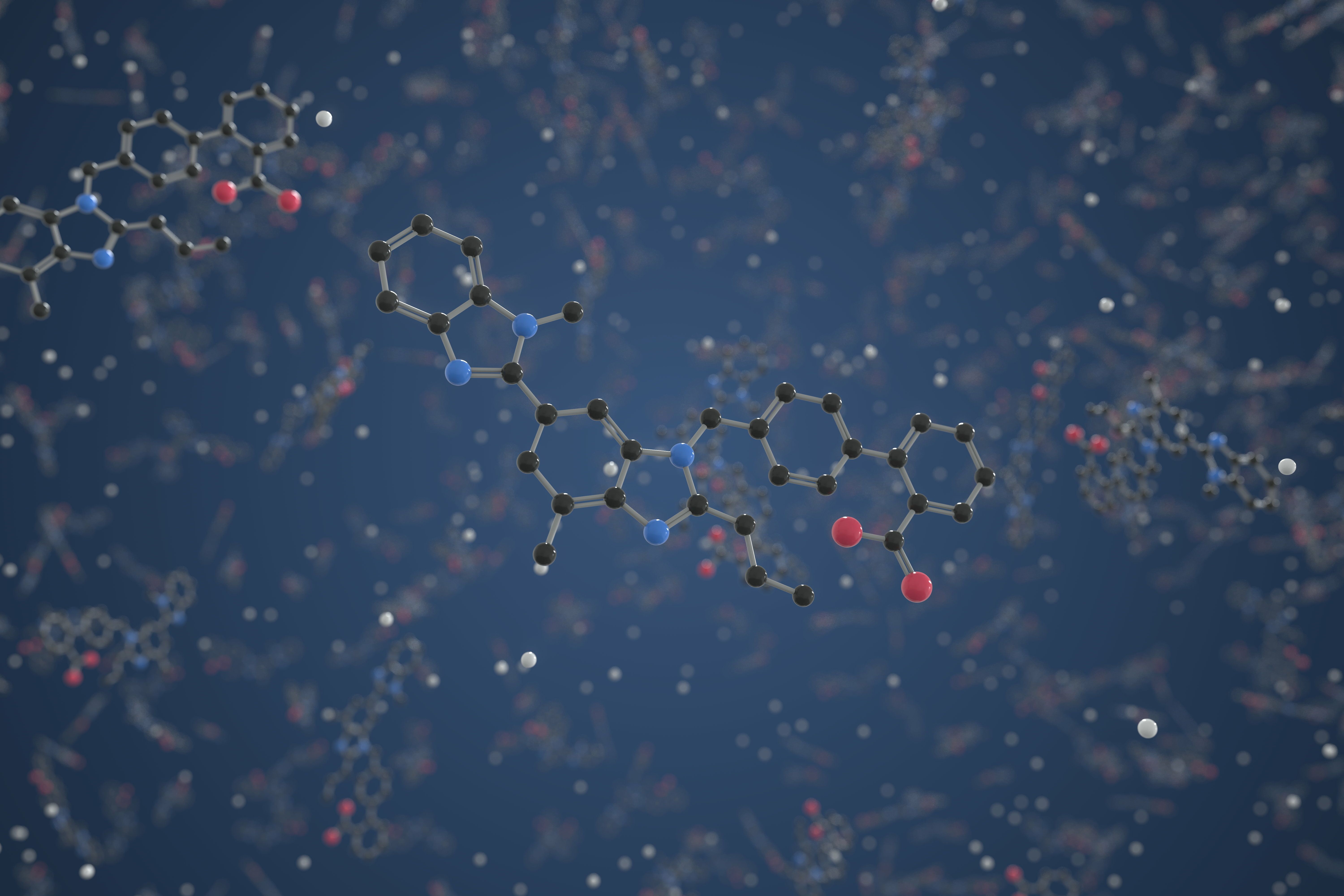Article Highlights
- Study at Al-Azhar University in Cairo identified distinct narrow bands for telmisartan and rosuvastatin using synchronous fluorescence measurements.
- Telmisartan is an angiotensin II receptor blocker used to treat hypertension by relaxing blood vessels, while rosuvastatin is an HMG-CoA reductase inhibitor used to lower cholesterol.
- The research introduced a novel method for simultaneous quantification of telmisartan and rosuvastatin in tablet dosage form and plasma.
- The method overcomes the challenge of overlapping spectra, confirms validity according to ICH guidelines, establishes linear relationships for drug concentrations, and improves sensitivity and environmental sustainability compared to previous methods.
A recent study conducted at Al-Azhar University in Cairo, Egypt, used synchronous fluorescence measurements to identify distinct narrow bands for telmisartan and rosuvastatin, overcoming the issue of overlapping spectra, according to findings published in Spectrochimica Acta Part A: Molecular and Biomolecular Spectroscopy (1).
Telmisartan is an oral medication used to treat those afflicted with hypertension. It is an angiotensin II receptor blocker, which means that it blocks a substance in the body that causes blood vessels to tighten (2). When this medication is used or alone with other medicines, telmisartan is able to help the blood vessels in the body relax, which ultimately results in lower blood pressure and increases the flow of oxygen and blood to the heart and back (2).
Rosuvastatin, meanwhile, is an oral medication that is designed to be used in conjunction with diet and exercise. Rosuvastatin is a HMG-CoA reductase inhibitor whose primary function of rosuvastatin is to reduce the amount of cholesterol in the human body (3).
The research team from Al-Azhar University advanced pharmaceutical analysis by introducing a novel method for the simultaneous quantification of telmisartan and rosuvastatin in tablet dosage form and plasma. The study addresses a critical need in healthcare, particularly for patients with comorbid hypertension and hyperlipidemia, conditions often associated with elevated cardiovascular risks (1).
Recently, the development of fixed-dose combination tablets has given patients another avenue of treatment that requires less drugs. Telmisartan and rosuvastatin were combined to make a fixed-dose combination that contained both antihypertensive and antihyperlipidemic drugs (1). The goal of this tablet was to enhance treatment outcomes.
However, the challenge was devising a method to accurately quantify both drugs simultaneously due to the overlap in their native fluorescence spectra.
In their study, the researchers sought to overcome that challenge. By employing synchronous fluorescence measurements with specific parameters, distinct narrow bands for telmisartan and rosuvastatin were identified (1). The team further refined the spectra through first-order conversion to allow for selective quantification of each drug, which solved the issue of overlapping spectra (1).
The method's validity was confirmed in accordance with International Council for Harmonization (ICH) guidelines, and the linear relationships between drug concentrations and response were established within a working range of 50–1000 ng/mL for telmisartan and 100–2000 ng/mL for rosuvastatin (1). The method was also evaluated for sensitivity and environmental sustainability, with the results indicating that their method improved in these fields compared to previous methods.
As a result, the researchers’ approach accomplishes two key objectives: it addresses a pressing need in pharmaceutical analysis, and it also underscores the potential for enhancing therapeutic interventions. By enabling precise quantification of telmisartan and rosuvastatin in a single formulation, clinicians can better tailor treatments for patients with concurrent hypertension and hyperlipidemia, potentially reducing cardiovascular risks (1).
References
(1) Ramzy, S.; Abduljabbar, M. H.; Alosaimi, M. E.; et al. Development of a Highly Sensitive and Green First-Derivative Synchronous Fluorescence Spectroscopic Method for the Simultaneous Quantification of Telmisartan and Rosuvastatin: Greenness Metric Assessment and Application to a Pharmacokinetic Study in Rats. Spectrochimica Acta Part A: Mol. Biomol. Spectrosc. 2024, 314, 124164. DOI: 10.1016/j.saa.2024.124164
(2) Mayo Clinic, Telmisartan (Oral Route). Available at: https://www.mayoclinic.org/drugs-supplements/telmisartan-oral-route/description/drg-20067196#:~:text=Telmisartan%20is%20an%20angiotensin%20II,and%20oxygen%20to%20the%20heart (accessed 2024-04-09)
(3) National Library of Medicine, Rosuvastatin. Available at: https://medlineplus.gov/druginfo/meds/a603033.html (accessed 2024-04-09).
